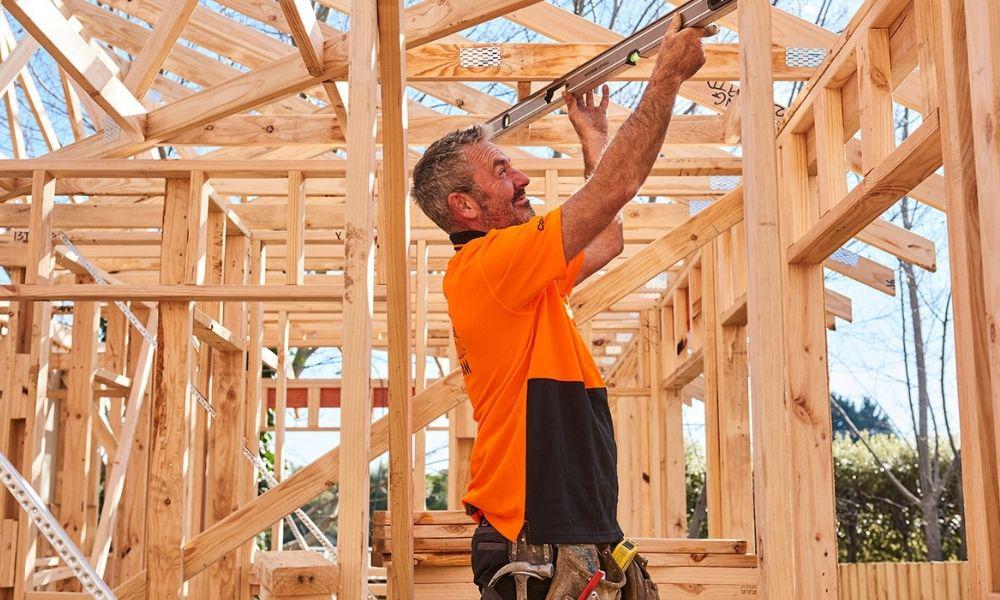From today, all first-home buyers can apply for the 5% deposit scheme. Here’s what’s changing
- Written by Adrian Lee, Associate Professor in Property and Real Estate, Deakin University

For many, the “Great Australian Dream[1]” of owning a home has never felt further out of reach. Rising property values have convincingly outpaced income growth[2] over recent decades, creating an affordability crisis.
That doesn’t necessarily mean all Australians have given up on dreaming. A recent survey[3] by Mortgage Choice suggests even among members of Gen Z (born from roughly 1996 to 2012), many remain staunch[4] in their desire to buy their own home.
Saving the deposit required for a loan – typically 10% to 20% of a property’s purchase price – has always been one of the biggest hurdles to home ownership.
From today, October 1, eligibility for the Australian government’s Home Guarantee Scheme[5] is expanding. All first-home buyers who’ve saved a 5% deposit will be able to apply. So what’s changing – and how might this initiative help first-home buyers? What could be the risks and drawbacks?
Straining to save enough
Saving a deposit is a crucial step for most first-home buyers. This is the amount in cash you pay upfront for the home; the bank lends you the rest.
Generally speaking, the higher your deposit, the safer the bank feels in lending to you (an upcoming instalment in this series will explore how banks make lending decisions in more detail).
References
- ^ Great Australian Dream (en.wikipedia.org)
- ^ convincingly outpaced income growth (theconversation.com)
- ^ survey (www.mortgagechoice.com.au)
- ^ remain staunch (www.mortgagechoice.com.au)
- ^ Home Guarantee Scheme (www.housingaustralia.gov.au)
- ^ lenders mortgage insurance (moneysmart.gov.au)
- ^ now about A$1,000,000 (www.abs.gov.au)
- ^ report (www.finder.com.au)
- ^ High interest savings accounts (moneysmart.gov.au)
- ^ term deposits (moneysmart.gov.au)
- ^ carries greater risk (www.asx.com.au)
- ^ it can take years to reach a 20% deposit (australiainstitute.org.au)
- ^ first launched in 2020 (www.housingaustralia.gov.au)
- ^ participating lender (www.housingaustralia.gov.au)
- ^ Home Guarantee Scheme (www.housingaustralia.gov.au)
- ^ lenders mortgage insurance (moneysmart.gov.au)
- ^ report (www.finder.com.au)
- ^ repayment calculator (www.ing.com.au)
- ^ mortgage stress (www.ahuri.edu.au)

















